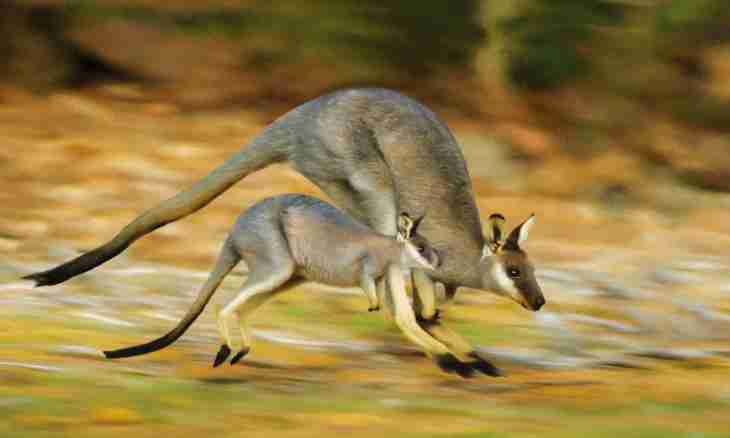The fauna of Earth is very different, and the specific structure of both land, and marine fauna is far non-uniform. At the moment there are about one and a half million animal species. In the history of development of Earth for millions of years the geological periods, climate and vegetation changed. Changed - appeared and reached the highest development - some classes of animals, disappeared - absolutely or partially - others. Today the highest blossoming was reached by representatives of a class of mammals. What animals and what characteristic signs they have are?
Instruction
1. Today mammals are the dominating class of animals which managed to adapt at life practically in all biotypes of the planet. Mammals belong to the class of vertebrata as birds, fishes, reptiles, but, unlike the last, are animals warm-blooded. This circumstance does them independent of environmental conditions.
2. The organism of mammals maintains a certain body temperature. For protection against low external temperatures the majority of animals has the indumentum called wool or fur. In hot climate the body temperature is regulated by means of sweat glands or other bodies having ability to cool an organism by active evaporating moisture. All this allows them to keep activity in adverse conditions and to successfully master free ecological niches which, for example, the same reptiles are not able to occupy.
3. Following important circumstance: mammals – except for yaytsekladushchy - animals viviparous. Pre-natal development of posterity in itself already is advantage before other animal species. They raise cubs the milk developed by the mammary glands intended for this purpose. The young growth which is under parental guardianship quickly grows up and adopts skills of seniors. For example, predators teach cubs to hunt, monkeys – to distinguish edible vegetation, to crack stones nuts, to use sticks, etc.
4. Food of mammals is very different. Division of animals into types day and night, allowed them to exist almost side by side, without competing for food. Herbivorous, in some areas of the planet, lead a nomadic life, moving, as required, about the place into place. Some mammals became omnivores, and a part learned to fall into hibernation with the onset of cold weather and to wait adverse time at the expense of the saved-up earlier fat stocks.
5. Also skeletons of mammals changed, adapting a body for habitats and living conditions of animals. For example, bats had wings, and at seals the front extremities turned into flippers, etc. All types, irrespective of the sizes of a body have accurate distribution of a backbone to departments with a certain number of vertebras. At mammals even the structure of teeth at them is adapted for consumption of food of a certain type.
6. Internals of animals changed. Mammals have four chamber heart and two circles of blood circulation. The digestive tract is separated from heart and lungs by a diaphragm, etc.
7. But, the most important is an advanced nervous system and especially a brain that puts mammals out of competition in relation to less developed types of fauna.

